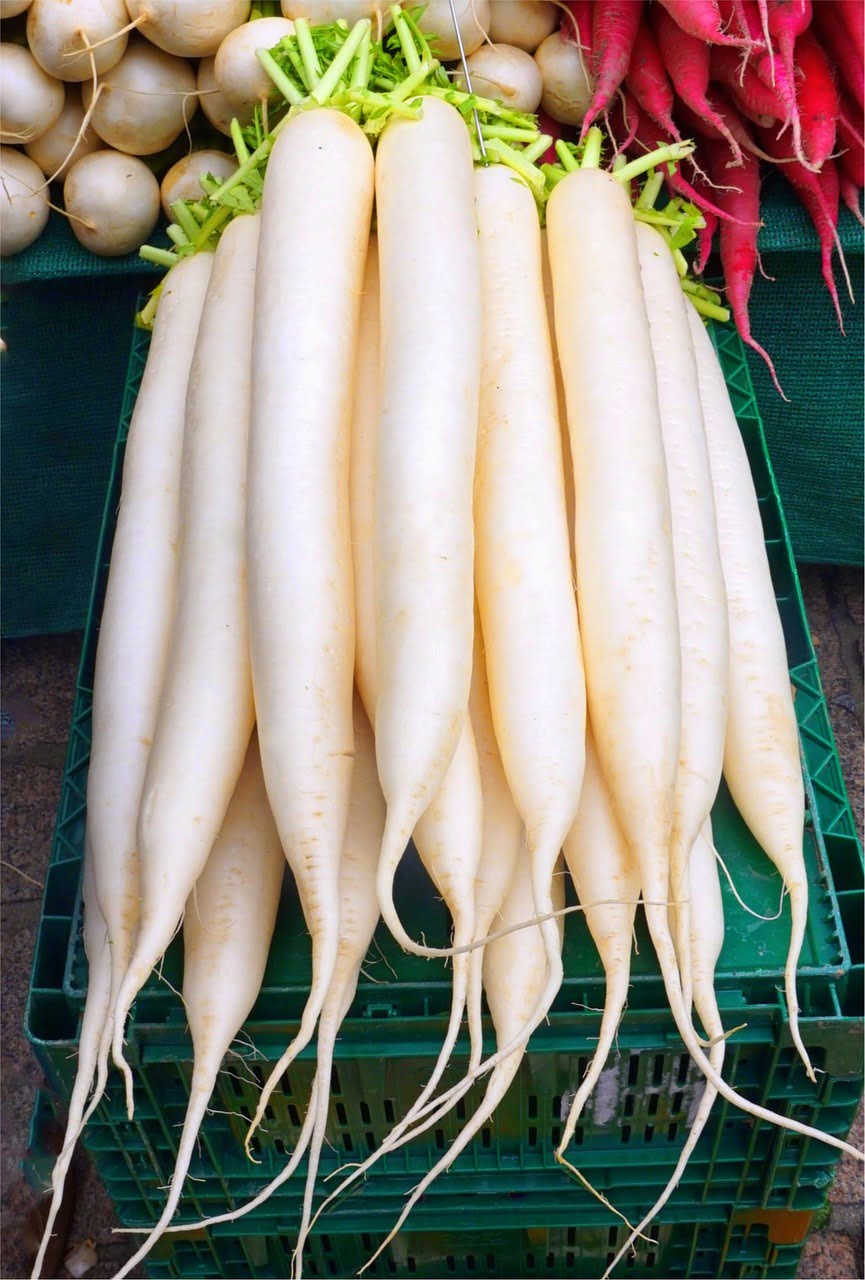muli khane ke fayde/muli in hindi/muli meaning in english/muli in english name
Muli in English: Benefits of Eating Radish


If you are a foodie and love trying different cuisines, then you must have come across the term “muli” in Indian cuisine. Muli is a commonly used vegetable in Indian cooking and is known for its distinct flavor and health benefits. But what is muli in English? In this article, we will explore the meaning of muli in English, its benefits, and how you can incorporate this nutritious vegetable in your diet.
Table of Contents
- Introduction
- What is Muli in English?
- Nutritional Value of Muli
- Health Benefits of Eating Muli
- Boosts Digestive Health
- Aids in Weight Loss
- Regulates Blood Pressure
- Strengthens Immune System
- Good for Skin Health
- How to Incorporate Muli in Your Diet
- Precautions while Eating Muli
- Conclusion
- FAQs
What is Muli in English?
Muli, also known as radish, is a root vegetable that belongs to the Brassicaceae family. It is a popular vegetable in Indian cuisine and is used in salads, pickles, and cooked dishes. In English, muli is commonly referred to as radish, which is derived from the Latin word ‘radix’ meaning root.
Radishes come in a variety of colors and shapes, ranging from white to pink to black, and are either round or elongated. They have a crisp texture and a mildly spicy flavor, which makes them a favorite among salad lovers.
Nutritional Value of Muli
Muli is a nutrient-dense vegetable that is low in calories and high in fiber, vitamins, and minerals. Here’s a quick overview of the nutritional value of 100 grams of radish:
- Calories: 16
- Carbohydrates: 3.4 g
- Fiber: 1.6 g
- Protein: 0.7 g
- Fat: 0.1 g
- Vitamin C: 14% of the Daily Value (DV)
- Folate: 6% of the DV
- Potassium: 3% of the DV
- Magnesium: 2% of the DV
Health Benefits of Eating Muli
Muli is a powerhouse of nutrients and has several health benefits. Here are some of the benefits of eating radish:
Boosts Digestive Health
Muli is rich in fiber, which helps in promoting digestive health by preventing constipation and bloating. The fiber in muli also acts as a prebiotic, which feeds the good bacteria in your gut and promotes a healthy gut microbiome.
Aids in Weight Loss
Muli is low in calories and high in fiber, which makes it a great addition to weight loss diets. The fiber in muli helps in keeping you full for longer, reducing your overall calorie intake.
Regulates Blood Pressure
Muli is a good source of potassium, which is known to regulate blood pressure. Potassium helps in relaxing the blood vessels and reducing the risk of high blood pressure.
Strengthens Immune System
Muli is rich in vitamin C, which is a powerful antioxidant that helps in strengthening the immune system. Vitamin C also helps in reducing inflammation in the body and preventing chronic diseases.
Good for Skin Health
Muli is a good source of vitamin C, which helps in promoting collagen production and improving skin elasticity. The antioxidants in muli also help in preventing skin damage caused by free radicals.
How to Incorporate Muli in Your Diet
Now that you know the benefits of eating muli, let’s look at some easy ways to incorporate this nutritious vegetable into your diet:
- Raw: The easiest way to enjoy muli is by slicing it thinly and adding it to your salads. You can also dip the slices in hummus or guacamole for a healthy snack.
- Cooked: Muli can be cooked in a variety of ways – you can fry it with some geera and oil or making mix sabzi with pach phoran spices. It can also be added to soups and stews for an extra crunch.
- Pickled: Pickled muli is a popular condiment in Indian cuisine. You can make your own pickled muli by slicing it thinly and soaking it in vinegar, salt, masalas,and sugar.
Precautions while Eating Muli
While muli is a healthy and nutritious vegetable, there are some precautions you need to take while eating it:
- Allergies: If you are allergic to cruciferous vegetables like broccoli or cauliflower, you may also be allergic to muli.
- Digestive issues: Eating too much muli can cause digestive issues like bloating and gas. It’s best to start with small amounts and gradually increase your intake.
- Thyroid issues: Muli is a goitrogenic food, which means it can interfere with thyroid function in large amounts. If you have thyroid issues, it’s best to consult with your doctor before adding muli to your diet.
you may like my recipes:
you may also like my more recipes:Delicious Lauki Ki Sabji Recipe | How to Make Bottle Gourd Sabji at Home ,Chana Dal with Lauki Recipe: A Delicious and Nutritio ,Paneer Curry Recipe: Delicious and Easy to Make ,Recipe of Arhar Dal with Lauki: A Nutritious and Delicious Meal , Idli Recipe with Chutney and Sambar: A Mouthwatering South Indian Delight ,Aloo Baingan Ki Sabzi With Taki Fish: A Delectable Meal for Seafood Lovers ,Bengali Guro Mach er Chorchori with Vegs Recipe: A Delicious and Healthy Meal , beet root Recipe: A Nutritious and Delicious Side Dish, kabuli chana curry,shalgam ki sabzi,
you may also like:muli,muli in english,moli,Radish Health Benefits:

Very well presented. Every quote was awesome and thanks for sharing the content. Keep sharing and keep motivating others.
Thank you so much for your kind words! I’m thrilled to hear that you found the presentation well-presented and the quotes awesome. It’s my pleasure to share content that inspires and motivates others. I appreciate your encouragement and support. Rest assured, I will continue sharing and spreading positivity to keep motivating others. Thank you once again, and feel free to reach out if you have any more feedback or requests.